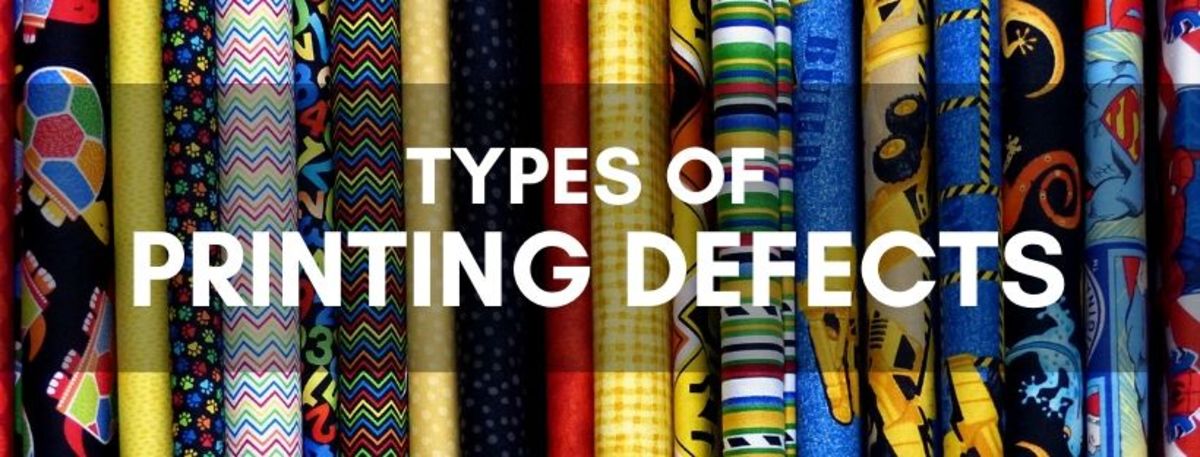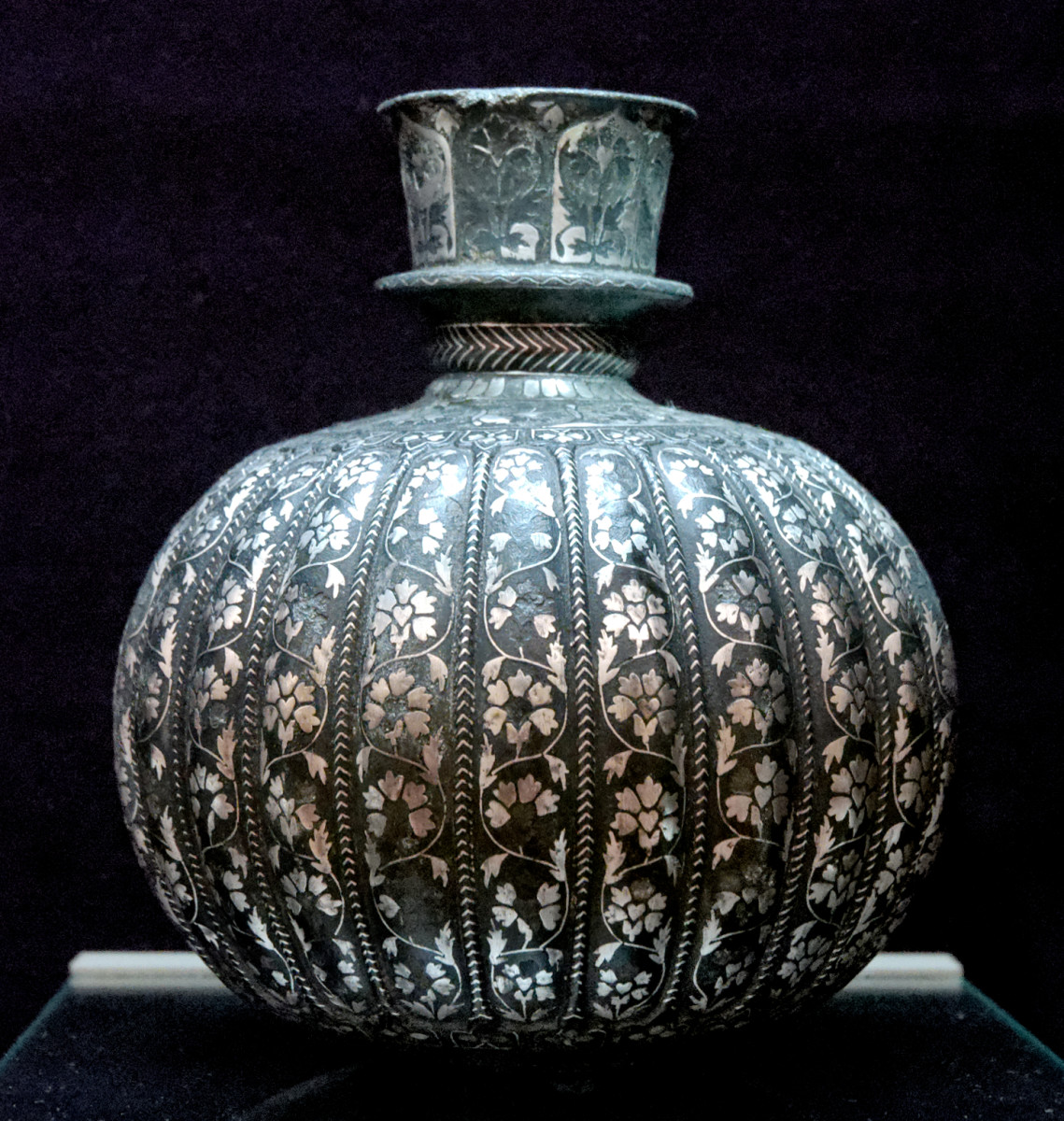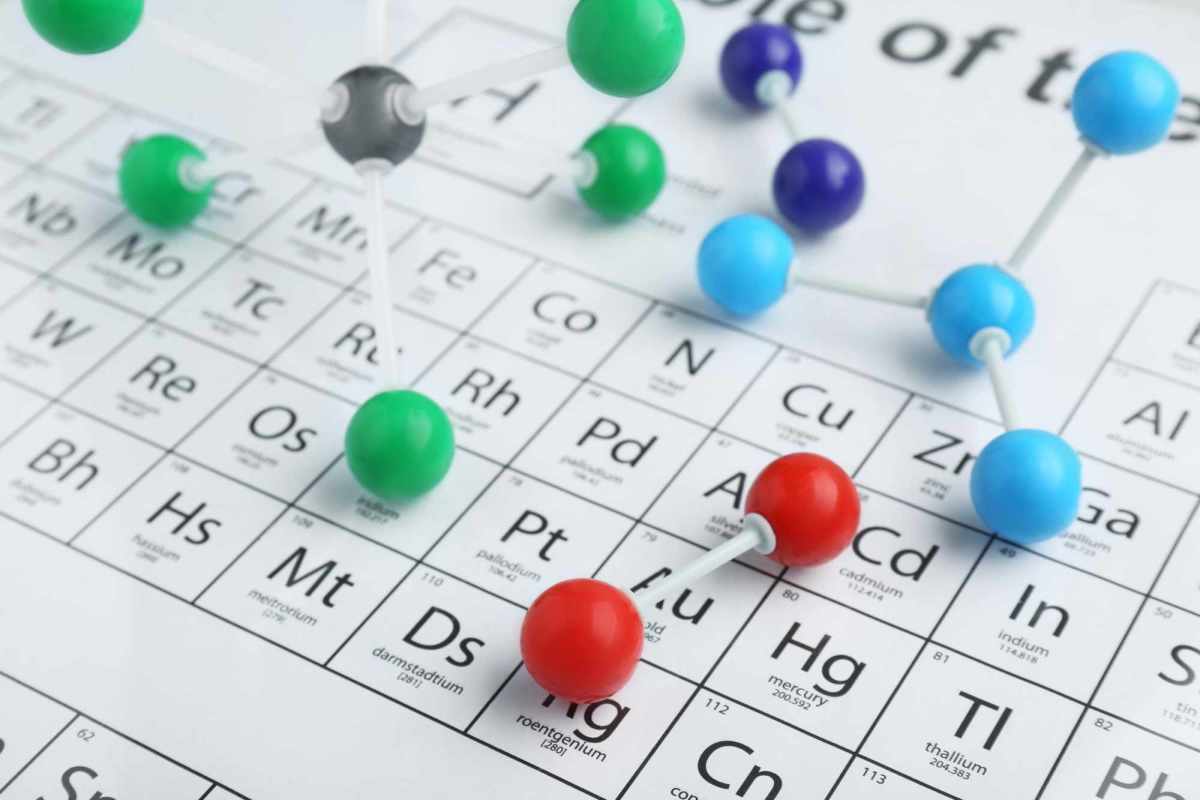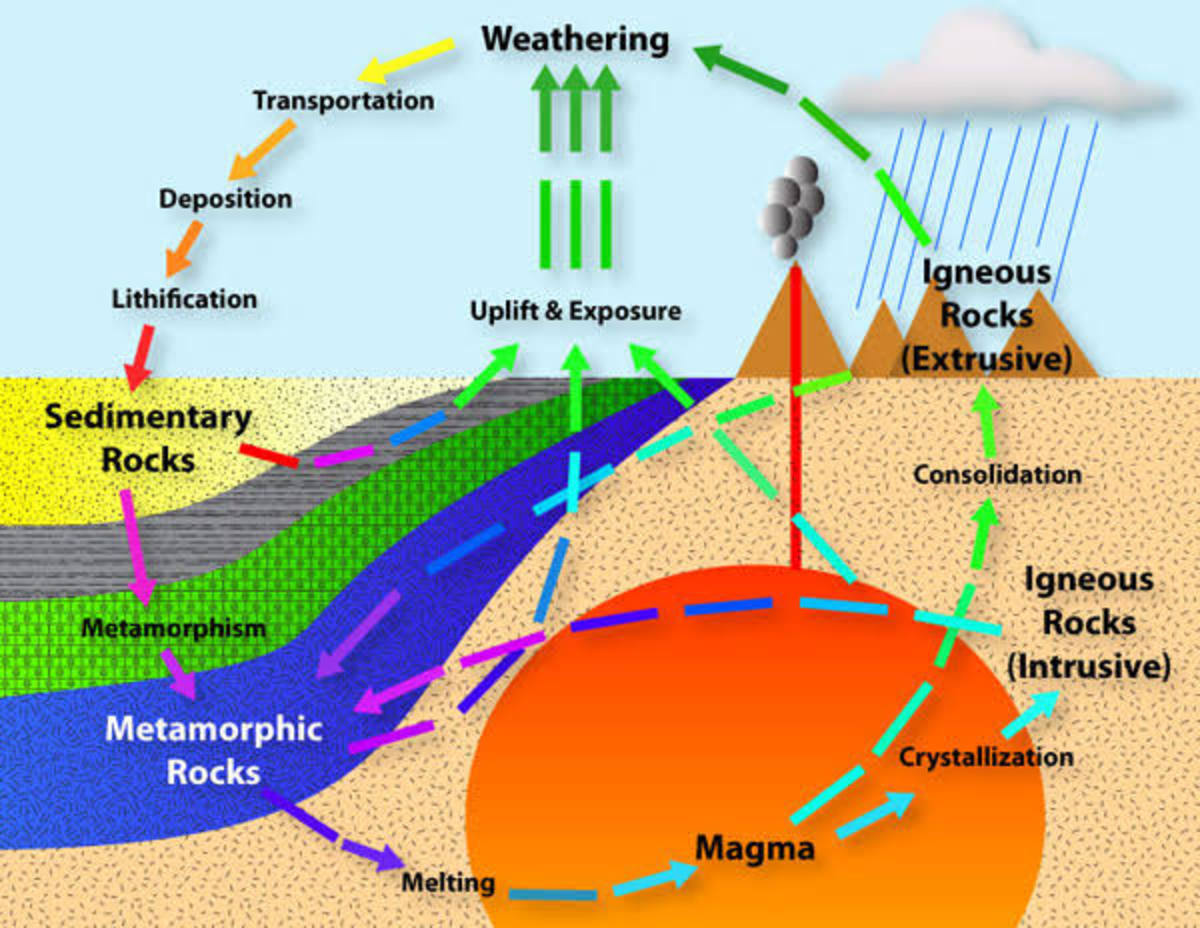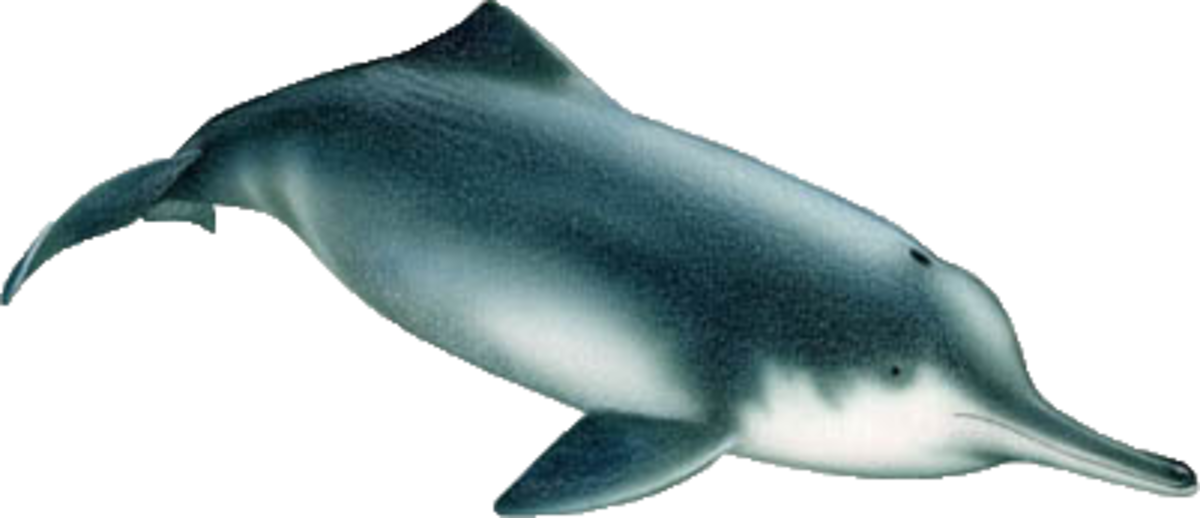Defects in Casting
Casting Defects: An Illustration

Introduction
Casting is very important as its applications is found in most technological productions of the world. The power of casting cannot be overemphasized as it plays important roles in human and technological developments. If there is no casting there will be nothing like automobile. How truthful is that? Most parts of cars, aeroplanes, motorcycles, and other categories of automobile are made through casting processes. The engines, crank shafts, gears, and other important parts are product of casting.
What are defects in casting or casting defects? Defects in casting or casting defects are flaws in casting which either result from carelessness of the casting engineer or through other factors that were not taken into consideration during the casting process. It is true that casting is of great importance in engineering growth and technology but the major hindrance is the defects encountered. Large defects are capable of wasting the efforts casting engineers have been making for so many hours. But to avoid making their efforts a sort of waste, certain factors must be taken into consideration during the casting process to minimize failures in the final result. Because of casting defects, the economic values of some casted products have been reduced.
Major Classifications of Casting Defects
The defects that most casting usually encounter can be grouped into four. The four major classifications of casting defects are:
- Surface defects: These are defects that are experienced at the surface of the casting. Examples of surface casting defects are incorrect shape and mass, laps, and flash.
- Internal defects: They are casting defects that occur at the inner parts of casting. Notable examples of internal defects are blowholes, hot cracks, and cold cracks.
- Chemical Defects: It is also referred to as incorrect chemical defects and defective structure of casting. This type of defect occurs when chemical composition of the metal used for the casting process is not of suitable proportion.
- Mechanical Defects: These defects are observed when the casting metals have inadequate mechanical properties. It is defect that results because the casting metal does not possess certain proper mechanical characteristics like strength, thermal expansion, thermal conductivity, and so on.
Among all the casting defects experienced in foundry, all of them fall within one or any of the listed classifications.
This book will help
Types, Causes, and Remedies of casting defects
Defects in castings include the following:
- Porosity;
- Drops;
- Dirt;
- Metal Penetration;
- Sand holes;
- Hot tears;
- Cold cracks;
- Incorrect Shape of Dimensions;
- Incorrect Mass;
- Lap and misrun;
- Mismatch; and
- Rat-tails.
Porosity: It is a defect which results from trapping of gases during casting process. It is practically noticed after the solidification of the casting (s). Porosity can be caused by insufficient vents for emission of gases. Vents are holes made on the surface of the mould so that gases in the casting metals can easily be evolved. In sand casting, vents are made from the top of the moulding sand down to the parting line for gas evolution after the flask has been closed and the sand still wet. To avoid porosity in castings, enough vents must be made before pouring of the molten metal from the ladle into the mould cavity.
Drops: It is defect that is caused due to weak ramming, low strength of moulding sand, malfunction of moulding equipment, strong jolts and strikes at the flask. Because of this, the casting part or parts can break out after the castings have been made; hence the name drops. To prevent drops, sands with good strength must be used, and care must be taking during assembling of the moulding equipment.
Dirt: If some dirt comes into a mould during pouring, it will float on the metal and wind up some per cent of the time on top of the casting. The dirt negatively affects the yet to be produced casting. Dirt can come from the gating system or the mould cavity. It can cause cracking of the casting after its production. Appropriate reagents are to be used to clean casting equipment before casting to prevent dirt from the system.
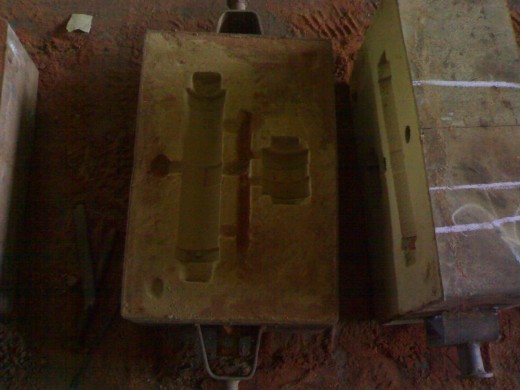
Metal Penetration: This type of defect is also called rough surfaces. It is caused by insufficient refractoriness of moulding material and presence of large amount of impurities, use of weak mould dishes and improper aligning of weak moulds. Sound moulds should be used to prevent metal penetration. Also, the impurity content in the moulding material should be minimized and good refractoriness is to be ensured.
Sand holes: The defect results from low or minimal moisture content and weak strength of the moulding sand. Sand holes can also be caused by weak compaction of the moulding sand, insufficient surface strength of a core, inadequate blowing-off of mould cavity and entering of sand grains during casting. To prevent sand holes in casting, good strengthened moulding sand, care must be taking to prevent entering of sand into the mould cavity, and proper ramming should be maintained during casting.
Hot tears: This occurs as the molten metal that was poured into the mould is cooled. A hot tear is almost certainly a uniaxial tensile failure in a weak material (The new Metallurgy Cast Metal Casting). It occurs because the molten metal is weak when hot. Hot tear is one of the most serious defects that a casting can suffer. Bifilms are almost the major underlying cause of hot tears. According to recent findings, hot tearing can usually be eliminated in most casting and alloys by simply improving the filling system of a casting.
Cold cracks: This defect is caused by non-uniform contraction of casting, and at times from improper handling of the casting during shakeout and fettling operations. Fettling is the process of removing the unwanted parts of casting after solidification. Cold cracks are corrected by providing uniform solidification of both thin and thick sections of casting.
Incorrect Shape of Dimensions: This error is done by pattern designers and during the assembling of the moulds. When the pattern is not well dimensioned, it can either result to mould shrinkage. The defect can be remedied by ensuring proper dimensioning and closing of the mould tightly before pouring.
Incorrect Mass: The increase in weight of casting is the major cause of this type of defect. When casting swells, it can be cause by improper closing of the mould and dimensional error. This makes the casting to occupy more mass unlike the one specified in the design. Tightly close the moulting box before pouring molten metal to remedy this problem.
Lap and misrun: These errors are encountered when molten metal does not fill the mould because of poor fluidity or poor ingate system. When molten metal is not properly superheated, the fluidity may not be good because heat is lost in the process of pouring. Other causes of these defects are the use of excessively moist moulding sand and sand with high composition of sea coal. To limit these defects in casting process, superheating the molten metal, proper venting system and good ingate should be adapted and practiced.
Mismatch: It is flaw in casting encountered when the two halves of mould is not well assembled. Again, when the pair of moulding box is not of equal size and dimension, the defect is experienced. Mismatch is observed in casting after the original casting has been made. In order to prevent this defect, location pins are to be used to hold the box tight. Also, proper assembling of the mould must be made.
Rat-tails: These are long, branch-like cavities with crust of metal separated from the casting body by an interlayer of moulding. As the name sounds, the defect appears like tails of rats. It can be defined as a defect in casting whereby a long metal is separated by moulding sand from the cavity. Rat-tails are caused by thermal effect of liquid metals on the wall of the mould. This makes the mould to get deformed and form cracks.
Remedy to this defect is by reducing the hardness of the mould, pouring molten metal at a specific temperature and at increased rate. Again, the use of washes that reject formation of cracks can go a long way in correcting the defect. Carving narrow grooves and providing specific ribs on the pattern before casting can eliminate rat-tails.
Conclusion
Any casting with defect has low reliability and cannot be used for standard engineering construction.Discussed on this piece of article are the defects in casting. The types of defects, causes, and possible remedies of the failures were detailed out on this topic. In a nutshell, the possible types of defects are: porosity, drops, dirt, metal penetration, sand holes, hot tears, cold cracks, incorrect shape of dimensions, incorrect mass, lap and misrun, mismatch, and rat-tails.
References
The New Metallurgy of Casting Metal Castings, Second Edition, by John Campel
Casting by Wikipedia
Analysis of Casting Defects by America Foundry Society
Foundry Technology by O. Ekpe Okafor


